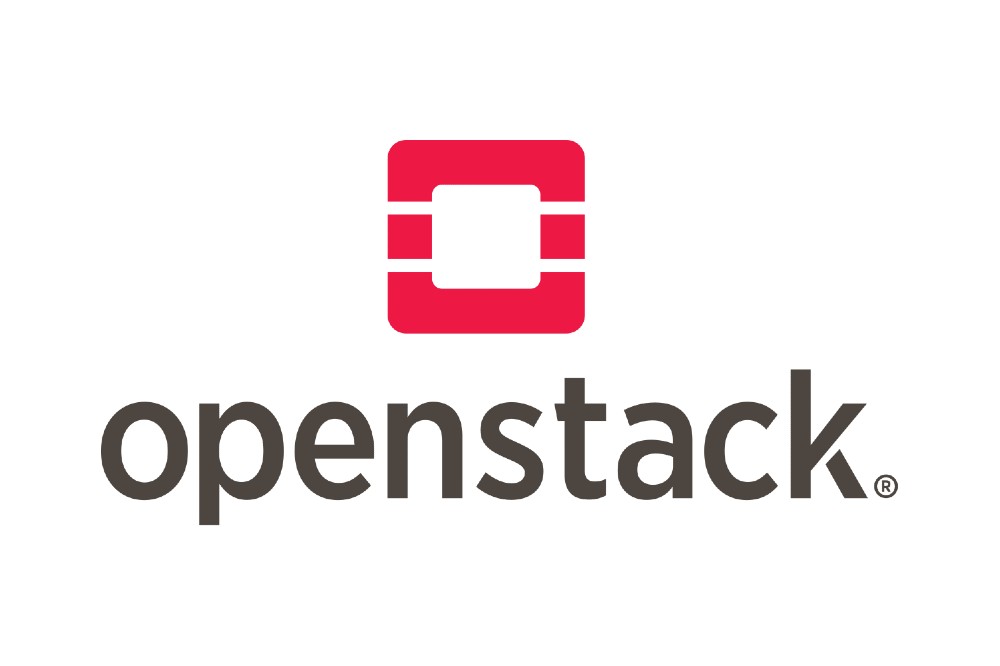With its 10th birthday on the horizon, OpenStack continues to be the leading open source infrastructure component in private clouds. But, with a multitude of OpenStack distributions out there, selecting the right one for your organisation can be complex and sometimes confusing. So how do you go about picking the right distribution? Tytus Kurek, product manager at Canonical, explores.
Answering this question couldn’t be more important, with the success of every organisation’s OpenStack project relying on this very factor. Despite OpenStack’s popularity, companies often struggle when adopting and deploying it because of the time-consuming and skill-heavy nature of this technology. Choosing the right distribution means selecting one which is equipped to overcome those challenges. There are seven criteria to look for which will ensure your OpenStack deployment goes smoothly.
- Balanced economics
Enterprises love the cost-efficiency of cloud environments which enable them to operate far more cheaply and more agilely than proprietary hardware. Unsurprisingly, that’s why the first priority when choosing an OpenStack distribution is to make sure it can indeed reduce costs. This means avoiding OpenStack platforms that are difficult to deploy, maintain, and upgrade and result in you wrestling with basic operations. The other crucial factor is ensuring that the pricing strategy for the distribution is clear and predictable so that businesses can plan expenses accurately.
- 100% open source
Although OpenStack is itself open source, vendors of OpenStack distributions provide installers which often are not. This can result in additional costs being added to the licenses and, in some instances, companies having to pay for the distribution before they have even taken it for a test run. What’s more, all types of environments in use — including staging and development – need to be covered by the license too. With OpenStack distributions that are completely open source, businesses can circumvent these pitfalls and enjoy greater economics and flexibility.
- Regular, reliable release
Despite the predictable release cadence of OpenStack, not all distributions follow the upstream quickly enough. There are a few reasons why it’s essential that you choose an OpenStack distribution that supports the latest stable upstream release as soon as it’s available. For one, the upstream release may have features that are important for the organisation. From a security standpoint, there may also be critical bug fixes. To plan the upgrade process and ensure transparency, pick a downstream distribution with a predictable release cadence that stays in sync with the upstream.
- Long support runway
With any OpenStack production environment, it’s important to consider support services, especially when SLAs (service level agreements) apply. However, it’s important to note that there is great variation in the length of support provided for older versions of OpenStack between vendors. While there is always an option to upgrade or re-deploy, it can be prudent at times for a business to stay with the current version. Thus, how long the vendor will provide support services is a key factor in choosing a distribution.
- Automated Upgrades
When the time comes for an organisation to upgrade their upstream OpenStack, it can be a tricky process which many commercial distributions do not support. Even when they do, the process is complex and must be executed manually. Therefore, you will want to select a distribution which offers support for fully automated upgrades to guarantee the success of the cloud operations team.
- Simplified operations
Even once you have deployed an OpenStack cloud, there is still a lot to consider. Continual operations can become complex and fragile, demanding daily maintenance. This can include tasks such as scaling the cluster out or recovering it from failure. There are very few OpenStack distributions which make these tasks easy, meaning users are forced to do these manually. However, some distributions automate complex operational tasks to save you time and money – it’s these that will make your OpenStack cloud an important asset.
- Freedom of choice
The flexibility of OpenStack is one of the primary reasons it’s so popular – capable of supporting various hypervisors, SDN (Software-Defined Networking) solutions, and storage plugins. That being said, there are a number of distributions tied to a single stack. This results in organisations having to re-platform or move to a more diversified environment in the future. Selecting a distribution that can adapt to work with new technologies will help you avoid this pitfall.
By adopting an OpenStack distribution with these seven qualities organisations can optimise the cloud infrastructure on which they increasingly rely and get the most out of their investment.

